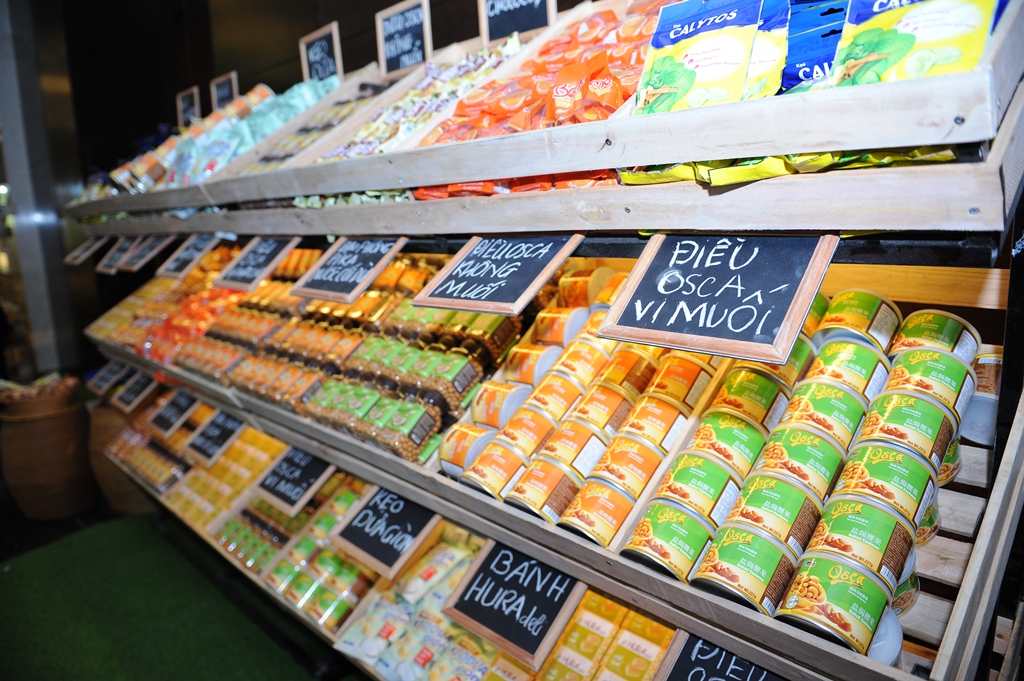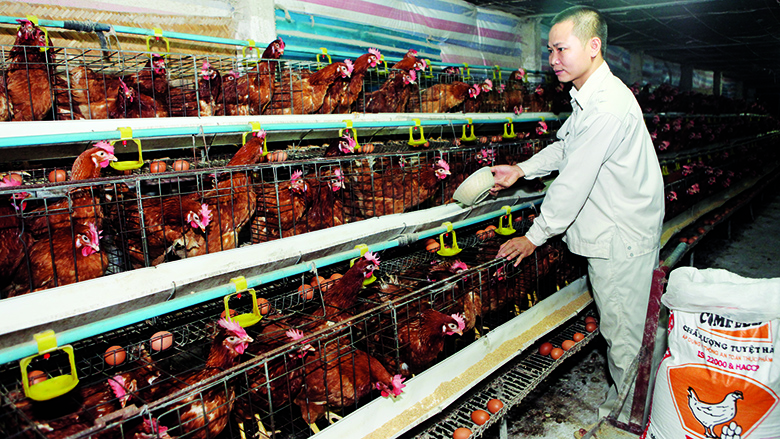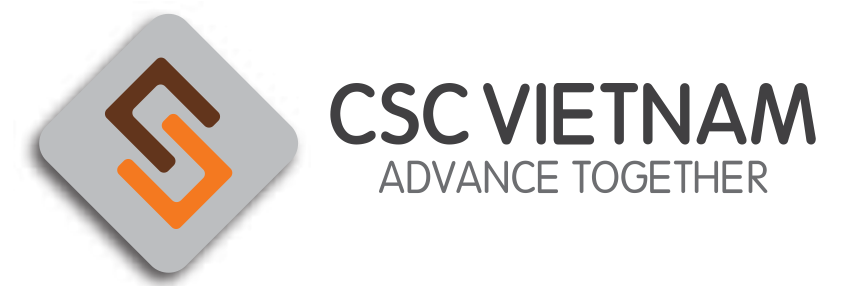Agriculture - Vietnam: Better Food Safety and Production Efficiency with Good Animal Husbandry Practices
CSC Vietnam has prioritized investment in agriculture because of its high potential for growth & massive impact in Vietnam. Currently, CSC Vietnam is invested and highly involved in a number of agriculture and fishery companies including the PAN group, the National Seed Corporation, Ben Tre Aquatex and others.
Between 2010 and 2015, the Livestock Competitiveness and Food Safety Project introduced Good Animal Husbandry Practices (GAHP) to small holders of livestock production. As a result of improved bio-security measures and upgrades to slaughterhouses and sanitation in wet markets, the Project has contributed to significant improvements in production efficiency, competitiveness, and food safety along the food value chains for pork and poultry.
Challenge
Pig and poultry farming at household level in Vietnam has faced a number of challenges. Key issues include low investments, small herds/ flocks, low inputs, poor quality animals, and high levels of disease and mortality. These issues, combined with limited access to markets and high risks, have led to low turnover and returns.
Meanwhile, slaughterhouses have suffered from inadequate investment, and in their management, there has been little concern for waste management, hygiene, and safety. Slaughterhouses have also been characterized by low throughput and productivity.
Fresh meat markets are often of low quality, with inadequate facilities. Meanwhile, urban food markets possess little space, limited ventilation, poor hygiene services (such as display tables, water and electricity supplies), inadequate waste disposal, and poor access for buyers.
Approach
The Project adopted a comprehensive food chain approach spanning “farm to table” or “producer to consumer” and addressed interrelated issues of livestock competitiveness, food safety, and environmental sustainability in an integrated way.

Some fresh products of The Pan Group
The Project promoted the use of Good Animal Husbandry Practices (GAHPs) in existing livestock production areas, through training of farmers, extension officers, and animal production and veterinary staff in the application of GAHPs, including feed conversion technology and proactive disease control measurements. It also helped form producer groups that would have better negotiation power to reduce the feed cost and improve access to markets; provided equipment and goods to strengthen provincial and district level livestock services delivery, including animal disease control and surveillance; and supported waste management and bio-security investments at the farm level.
Under the Project, Livestock Planning Zones were piloted, aiming to increase competitiveness and safety, while slaughterhouses and meat markets were upgraded to support the establishment of processing and markets linkages with household producers.
The project also supported the capacity building to the technical departments of Animal Husbandry and Livestock Development in MARD for improved policy making processes, strengthened assistance to provinces in inspection, surveillance and monitoring for animal diseases and epidemic.
Results
The adoption of Good Animal Husbandry Practices (GAHPs) has proven effective in improving livestock productivity, production, and household income. As a result:
- Mortality rates for pigs and poultry have fallen from 15 to 11.8 percent and from 41 to 33 percent respectively, thus raising farm output and income.
- Fattening times for pigs and poultry have been shortened from 136 to 118 days and 66 to 58 days respectively, thereby lowering costs of animal feeding and allowing farmers to increase production intensity.
- The herd and flock size of pigs and poultry has expanded by 25 percent and 46 percent respectively, thus raising output and increasing returns.
The Project has also successfully addressed issues relating to environmental management in production, slaughtering, and marketing of pigs and poultry. After 5 years of operation, over 105,000 people have directly benefited from the project activities. They included farmers in the 46 GAPH zones, extension workers and local veterinarians, meat vendors, and slaughterhouse owners. 47% of the direct beneficiaries are women. Specifically:
- 10,791 households have improved waste disposal systems and applied improved production practices.
- 43 medium and large slaughterhouses have installed waste disposal systems and management practices that meet national standards.
- 197 small slaughterhouses have improved their waste management facilities and practices.
- 381 wet markets have been improved their waste management facilities and meet national environmental standards.
The Project has also contributed to improving food safety for the benefit of consumers:
- Assisting 197 small slaughterhouses improve the safety of meat, evidenced by inspection and testing for bacteria;
- Assisting 43 medium and large slaughterhouses improve their meat handling and selling facilities and practices--to satisfy national food safety standards.

" Three years ago, we invested almost US$ 45,000 in a laying hen farm. The farm houses 2,000 laying hens, of which approximately 90 percent of the hens lay eggs daily, producing close to 1,800 eggs. Thanks to the project, we regularly attended training courses, took field visits to good husbandry demonstration, and learnt new husbandry techniques. This results in a net profit of about US5 cents/egg. Now we could earn up to US$2,500 every month thanks to the farm. We are planning to extend our flock up to 5,000 laying hens next year, in order to utilize maximum capacity of the farm. "
Mr. Nguyen Chi Loc and Mrs. Pham Thi Le - Farmers, Chuong My District, Hanoi
Bank Group Contribution
The Project was approved by the WBG Board in September 2009, with a closing date of December 31, 2015. Project cost totaled US$79.03 million, with US$65.26 million financed from IDA and US$13.77 million from the Government of Vietnam.
Partners
The Project was successful as a result of strong partnerships with technical departments of the Animal Health and Livestock Production, Ministry of Agriculture and Rural Development, as well as departments of agriculture and rural development in 12 participating provinces.
Moving Forward
Positive and significant results proved the relevancy and efficiency of the Project approach. Further impact can be achieved through scaling-up and leveraging interventions for GAHP household producers, wet markets and small slaughterhouses, to reach beyond the original geographic coverage of 12 provinces.
Source: The World Bank, IBRD - IDA, published on April 14, 2016.



